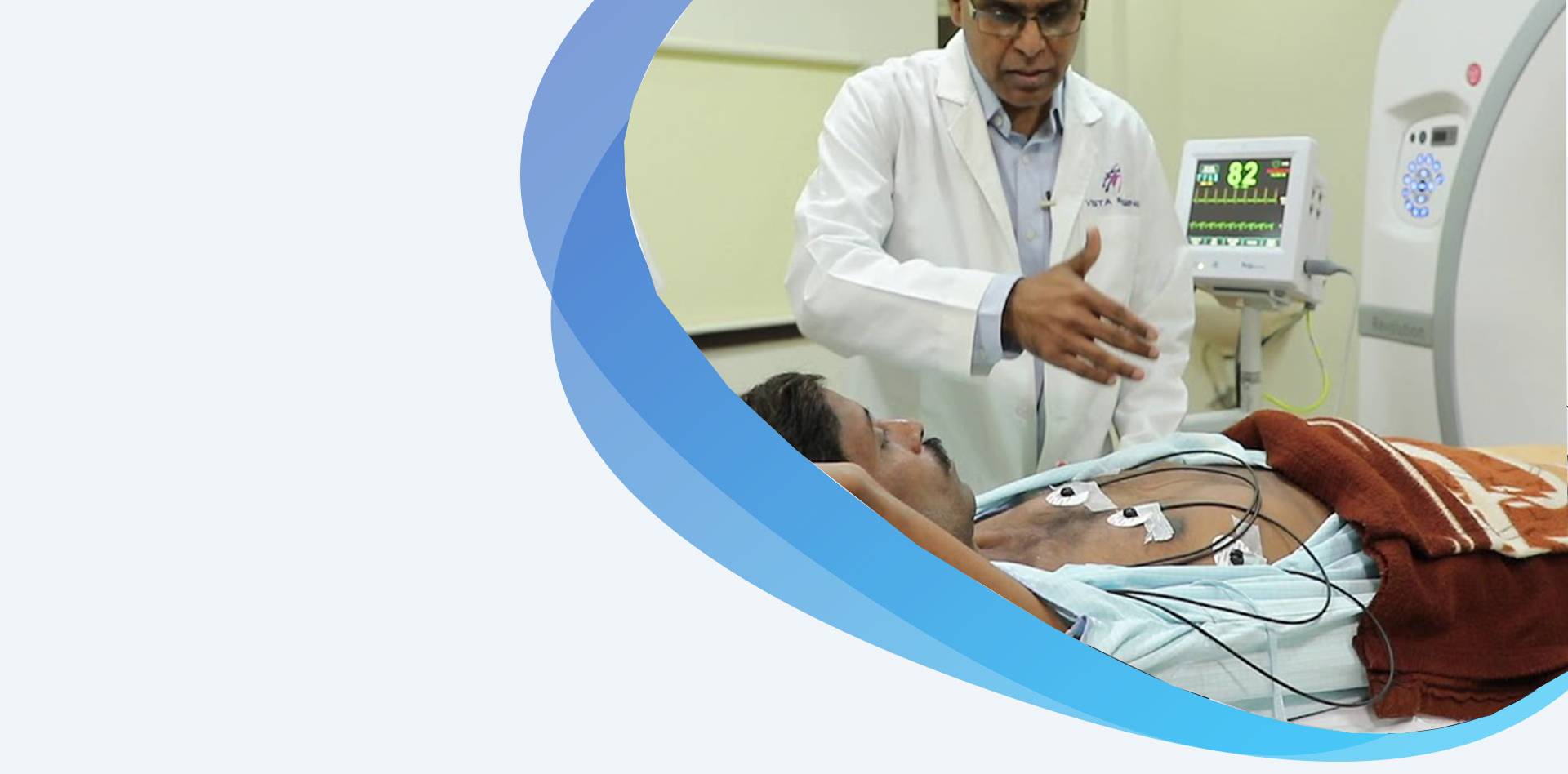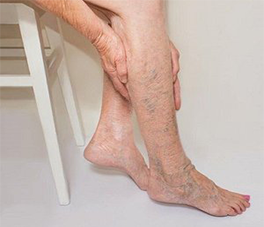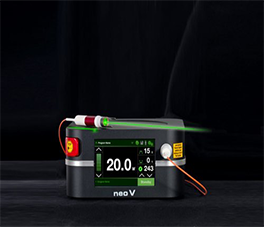Tests-CT Angiography


Computed tomography angiography (CTA) uses an injection of contrast material into your blood vessels and CT scanning to help diagnose and evaluate blood vessel disease or related conditions, such as aneurysms or blockages. CTA is typically performed in a radiology department or an outpatient imaging center.
Tell your doctor if there is a possibility you are pregnant and discuss any recent illnesses, medical conditions, medications you are taking, and allergies. You will be instructed not to eat or drink anything several hours beforehand. If you have a known allergy to contrast material, your doctor may prescribe medications to take before the CTA exam to reduce the risk of an allergic reaction. Leave jewelry at home and wear loose, comfortable clothing. You may be asked to wear a gown. If you are breastfeeding, talk to your doctor about how to proceed.
CT angiography is helpful in examining blood vessels and the organs supplied by them in various body parts, including:
Physicians use CT angiography to diagnose and evaluate many diseases of blood vessels and related conditions such as:
Also, physicians use CT angiography to check blood vessels following surgery, such as:
You should wear comfortable, loose-fitting clothing to your exam. You may need to wear a gown during the procedure
Metal objects, including jewelry, eyeglasses, dentures and hairpins, may affect the CT images. Leave them at home or remove them prior to your exam. You may also be asked to remove hearing aids and removable dental work. Women will be asked to remove bras containing metal underwire. You may be asked to remove any piercings, if possible.
You will be asked not to eat or drink anything for a few hours beforehand, if contrast material will be used in your exam. You should inform your physician of all medications you are taking and if you have any allergies. If you have a known allergy to contrast material, your doctor may prescribe medications (usually a steroid) to reduce the risk of an allergic reaction. To avoid unnecessary delays, contact your doctor before the exact time of your exam.
Also inform your doctor of any recent illnesses or other medical conditions and whether you have a history of heart disease, asthma, diabetes, kidney disease or thyroid problems. Any of these conditions may increase the risk of an adverse effect.
Women should always inform their physician and the CT technologist if there is any possibility that they may be pregnant.

Prior to, or on the day of the procedure, you may be asked to complete a questionnaire to ensure your safety during this procedure. A nurse or technologist will insert an intravenous (IV) catheter into a vein, usually in your arm or hand. Rarely, a small amount of blood is withdrawn through the catheter or finger stick to test kidney function.
The technologist begins by positioning you on the CT exam table, usually lying flat on your back. Straps and pillows may be used to help you maintain the correct position and remain still during the exam.
An automatic injection pump connected to the IV will inject contrast material at a specified rate. In some cases, especially in children and patients with fragile and small veins, the contrast may be hand-injected using a syringe. During scanning, the table is positioned at the start point of imaging and will then move through the opening of the machine as the actual CT scanning is performed. A single scan takes approximately one to two minutes, but multiple scans may be required.
During CT angiography of the heart, electrocardiogram (ECG) leads (sticky patches) will be placed on your chest to synchronize CT scanning with your heartbeats. If your heart beats too fast, it may be temporarily slowed down with medication to obtain clear images of the heart. If you receive heart rate control medication, you will be closely monitored during and after the procedure.
You may be asked to hold your breath during the scanning. Any motion, including breathing and body movements, can lead to artifacts on the images. This loss of image quality can resemble the blurring seen on a photograph taken of a moving object.
Occasionally, sedation is required for children to keep them still during scanning. Your doctor will help determine if sedation is needed and, if so, will arrange it. Preparation for sedation may include no eating and drinking for several hours before the exam to prevent complications. Also, an extended close observation following the scan may be required until the medication used for sedation wears off.
When the exam is complete, you will be asked to wait until the technologist verifies that the images are of high enough quality for accurate interpretation.
Following the exam, the technologist will remove the intravenous catheter and place a bandage over the needle puncture site.
The entire CT angiography exam may be over within a few seconds. However, the actual time in the scanner room may be longer, as the technologist will have to appropriately position you on the table, verify placement of the IV line, do preliminary imaging, and set up the scanner and contrast injection pump settings based on the part of the body being imaged.
CT angiography is rarely performed in children as they are more sensitive to radiation than adults. For children and for adults of reproductive age, radiologists administer low radiation dose CT scans with dose reduction measures.

A radiologist, a doctor specially trained to supervise and interpret radiology exams, will analyze the images. The radiologist will send an official report to the doctor who ordered the exam.
Follow-up exams may be needed. If so, your doctor will explain why. Sometimes a follow-up exam is done because a potential abnormality needs further evaluation with additional views or a special imaging technique. A follow-up exam may also be done to see if there has been any change in an abnormality over time. Follow-up exams are sometimes the best way to see if treatment is working or if an abnormality is stable or has changed.

Most patients complete CT angiography with no adverse events.
There is always a slight chance of cancer from excessive exposure to radiation. However, the benefit of an accurate diagnosis far outweighs the risk.